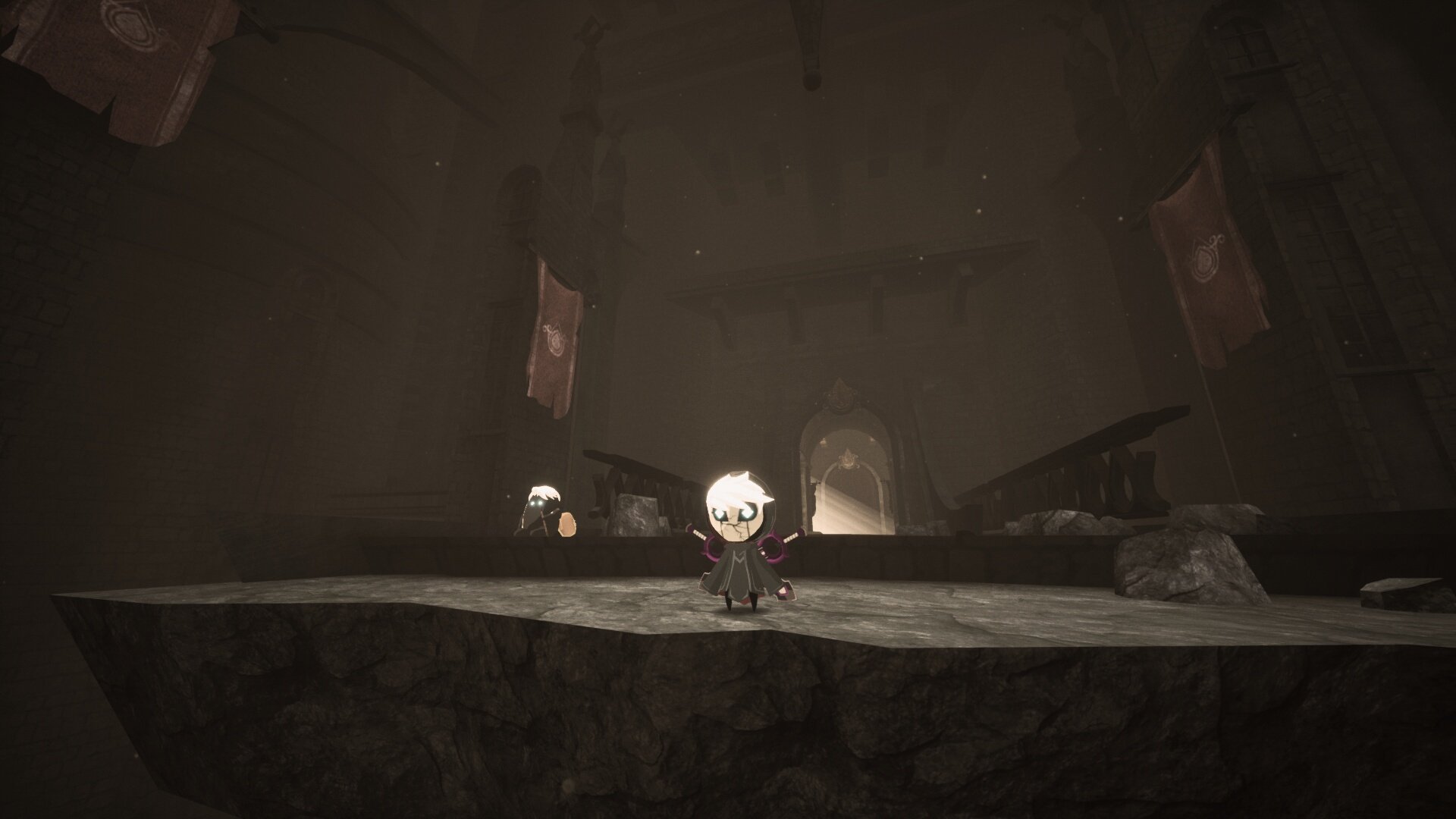Android Central Verdict
Bottom line: Blue Fire is like if you took Ocarina of Time-era Hyrule and broke it up into a thousand platforms. As cool as that might sound, the game's difficulty varies wildly, and it's easy to get lost since there's no map in this Stadia version.
Pros
- +
Platforming can be fun after receiving a few upgrades
- +
Colorful graphics with enemies that pop out from the background
Cons
- -
No minimap or world map
- -
Beginning of the game can be brutally frustrating
- -
Lack of story with no ending
Why you can trust Android Central
Blue Fire is a mix of ideas that sound compelling at first. It takes very obvious cues from the Legend of Zelda series Pre-Breath of the Wild, has a combat system with Dark Souls-like pacing, and never-ending platforming that requires fast reflexes. However, you quickly learn while playing it that it doesn't add anything new. Despite the game's design, the Stadia version runs extremely well.
Blue Fire Stadia review Gameplay, story, and presentation
Blue Fire takes many cues from the Legend of Zelda series, which becomes obvious in the first hour of the game. You are a tunic-wearing being who is tasked with saving the world of Penumbra from corrupting darkness. There is a ninja that appears to guide you along and then promptly disappears. You gain currency, called Ore, by slashing pots. There are dungeons with chests to open, giant doors to unlock with keys, bosses, and gods to meet. There is also a water temple.
| Category | GameNameXXX |
|---|---|
| Title | Blue Fire |
| Developer | Robi Studios |
| Publisher | Graffiti Games |
| Genre | Action Adventure |
| Version Reviewed | Stadia |
| Stadia Pro? | Yes |
| Players | Single-player |
| Release Date | June 1, 2021 |
| Launch Price | $20 |
This structure would seem fine as a loving nod but did not leave an impression on me by being too familiar, especially when there is no payoff. The game immediately rolls to credits after defeating the final boss with a 'Thank You For Playing' screen. There seems to have been no point to the similarities at all.
The combat also features the lock-on targeting from Zelda, complete with the widescreen black bars, but has the pacing of Dark Souls. Enemies can kill you in a few hits, so it's best to hit and then dash out of the way or just avoid fighting when appropriate. Dying takes away all Ore earned and sends you back to the nearest save statue, but leaves behind a glowy corpse where it happened, so you can run back and regain everything.
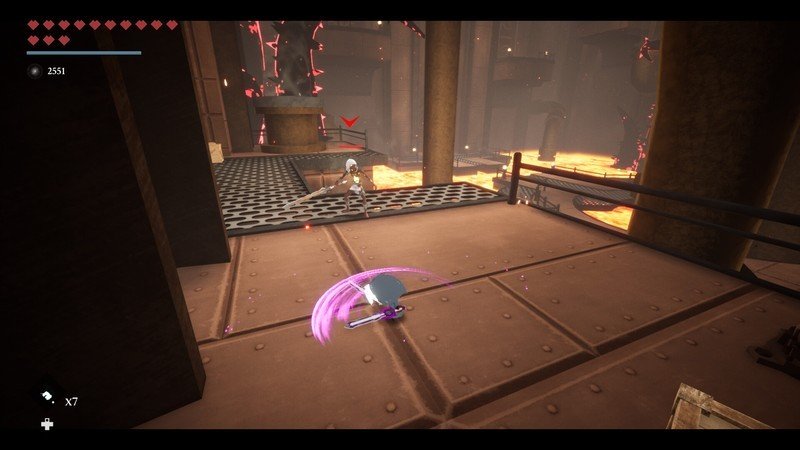
The 3D platforming is what the game is built around. The world is a series of rooms that require you to jump across platforms and not fall into various pits that could chip away at your health. And when we say the world, we mean the entire world. Even the first town I came to required me to balance on tiny platforms to reach the inn for quests and other items. And I had to do it every time I needed to go there.
The first two hours of the game were filled with moments where I would miss a platform by an inch with only a single jump and the dash ability. Thankfully, it becomes almost cathartic to platform after receiving the double jump, which gave me more control over the constant series of small platforms and enemies in the way. There are very few shortcuts, but Spirit and sword upgrades can make traversal and combat easier. Some Spirit upgrades include increased dash length and creating a temporary invisible platform immediately after walking off a surface.
The challenge of exploring became fun until the final four bosses of the game, where the lack of a minimap or world map became apparent.
There are also Voids, a series of platforming challenges of varying difficulty with no checkpoints. While not required, these are necessary to complete to extend your life, represented by hearts, and collect Void Souls to equip more Spirit upgrades. The pure platforming challenge was fun as you gained more abilities, but screwing up the last jump before the end and transporting back to the beginning multiple times was soul-crushing.
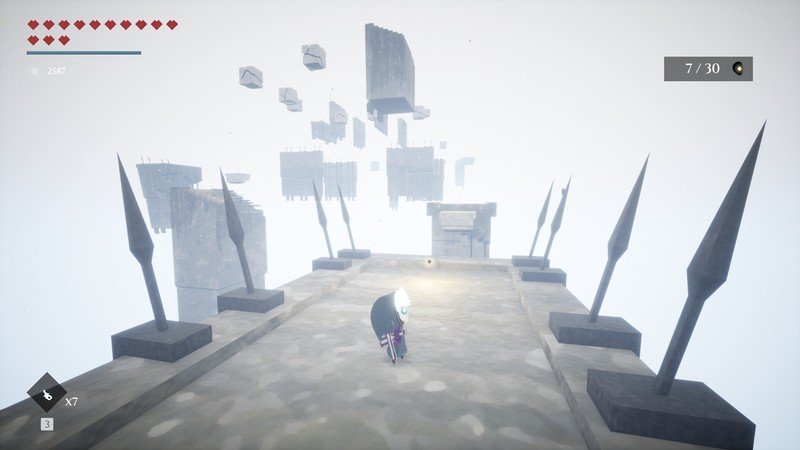
The challenge of exploring became fun until the final four bosses of the game, where the lack of a minimap or world map became apparent. Backtracking is required to activate certain rooms and giant orbs to trigger two of the bosses. You can warp from save statue to save statue, but the lack of any map means searching every place, especially if I couldn't remember coming across the specific room the first time. The path to one boss can be easy to miss if you don't look up high enough to see a platform to wall climb to. It was incredibly frustrating trying to figure out where to go next.
I beat the game in around nine hours, leaving behind a few frustrating Voids and side quests. I played on Recommended difficulty, though there is a Newcomer option for those who want an easier experience.
Blue Fire Stadia review Stadia performance and features
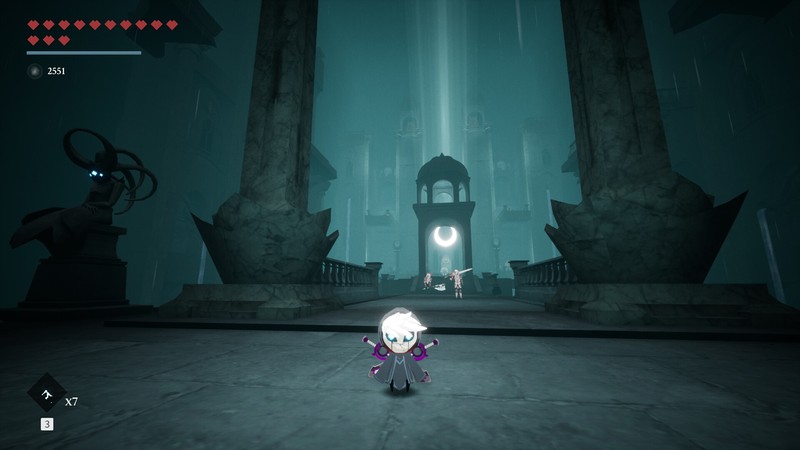
The Stadia version of Blue Fire held up incredibly well performance-wise. The frame rate was smooth and consistent even with the constant movement, enemies, and particle effects. I can only recall one moment where the game's framerate hitched while I was in mid-air. There are also no Stadia-exclusive features such as State Share or Crowd Play, but it is a single-player game, so these features aren't necessary.
The only two issues with the game itself occurred when the water pits in the water temple failed to kill me, allowing me to walk under the water and not lose health, and one instance of walking through a loading cave and falling through the world.
The Stadia version of Blue Fire held up incredibly well performance-wise.
According to a Speedtest of my Verizon Fios connection, I had an average download speed of 57Mbps and an average upload speed of 63 Mbps. Google recommends at least a 10Mbps download speed for 720p streaming, 20Mbps download speed for 1080p streaming, and at least a 35Mbps download speed for 4K streaming.
I played on a PC with an Xbox One controller, which was more comfortable for me than a mouse and keyboard. Considering the number of threats at any given time and constantly looking around to plan a path, a big monitor is more ideal than a tablet or smartphone screen.
Blue Fire Stadia review Should you buy it?
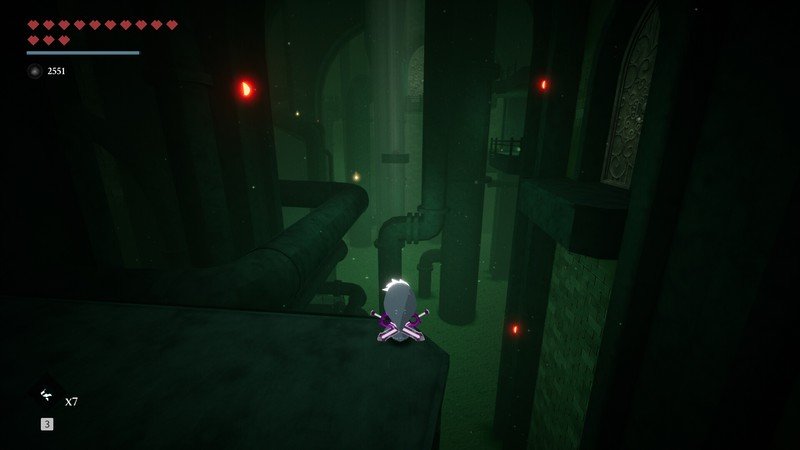
Blue Fire may seem steep at $20 if you are not a fan of hard platformers — unless you're a Stadia Pro subscriber, then the game is completely free to claim beginning this month. It's worth a try if you're a fan of platformers, but the difficulty of the beginning sections will definitely cement the choice of whether or not to play further.
2 out of 5
While the game can be rewarding after beating a boss or section after multiple tries, there is not much else to the game and fails at evoking the influences it cribs from. Blue Fire can be frustrating to speed through, and it's easy to forget mechanics or where to go next area if you put it down for too long.
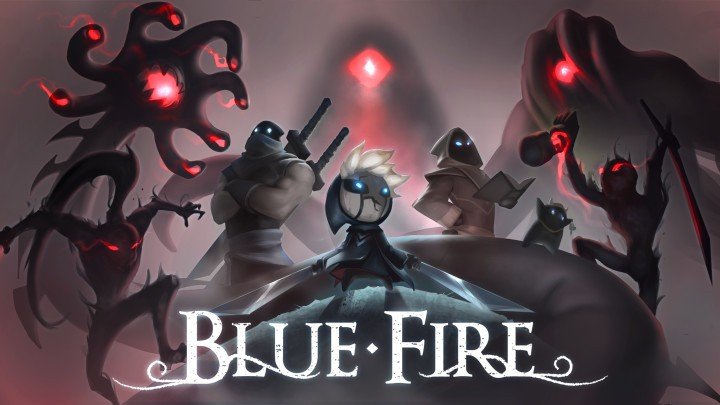
Blue Fire on Stadia
Bottom line: While the Stadia version runs well, the game's difficulty varies wildly, and it is easy to get lost if not paying enough attention since there is no map system.
Thomas Meyer fell in love with video games starting in the mid '90s with a NES, Super Mario Bros., Duck Hunt, and Jack Nicklaus' Greatest 18 Holes of Major Championship Golf. He hasn't stopped and is not planning to anytime soon. Freelance for Android Central and Windows Central.
